Ground shipping is currently paused. Local deliveries throughout Long Island will continue as usual. Pre-orders for fall are now open. Non-local orders will begin shipping again in early September. Click here to learn more.
Please be aware that all shipping will be suspended on December 22 and will resume January 5. Dismiss
Skip to contentGround shipping is currently paused. Local deliveries throughout Long Island will continue as usual. Pre-orders for fall are now open. Non-local orders will begin shipping again in early September. Click here to learn more.
| Size | |
|---|---|
| Common Name | |
| Family | |
| Native? | |
| Zone | 3, 4, 5, 6, 7, 8, 9 |
| Height Range (ft.) | 40 to 70 |
| Spread (ft.) | 30 to 50 |
| Bloom Time | |
| Bloom Description | flowers, Red, Small |
| Sun | |
| Water | |
| Maintenance | |
| Suggested Use | |
| Tolerate | |
| Growth Rate | |
| Attracts |
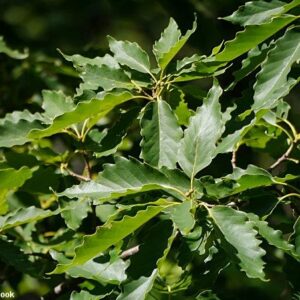
Native deciduous tree with strong branching, early spring flowers, and reliable seasonal color. Adaptable and dependable for shade and large landscapes.
$21.99 – $149.99Price range: $21.99 through $149.99
Please note: Sizes 1.5 Gallon and up can’t be shipped outside the counties of Nassau, Suffolk, and Queens.
Learn more about how the process works and how our plants are delivered.
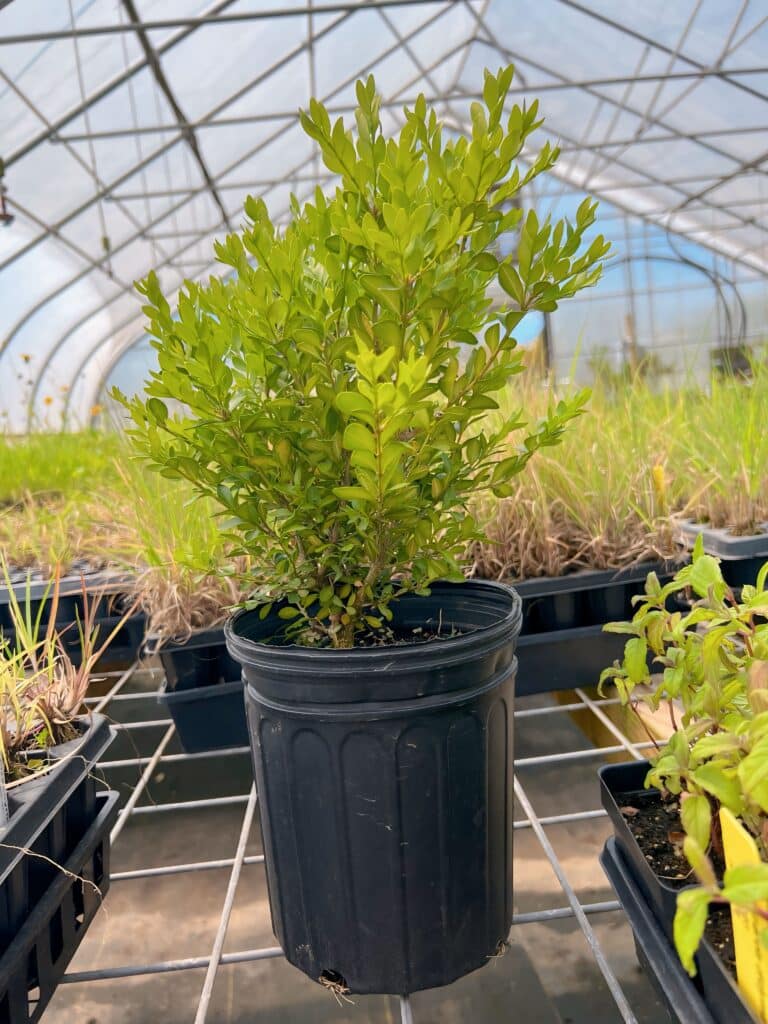
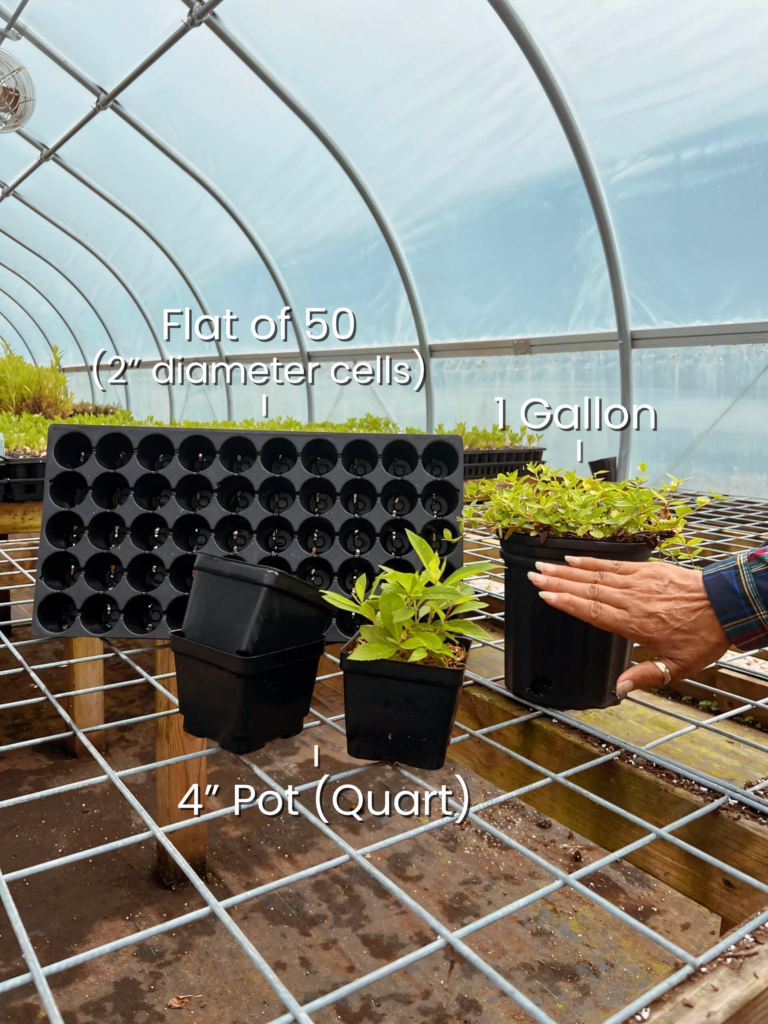
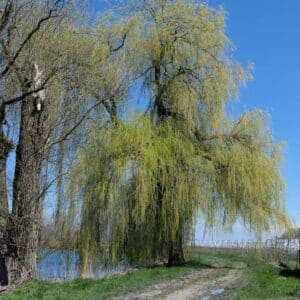
Ground shipping is paused due to summer heat. Only local delivery (Long Island & Queens) is available. Orders placed during the pause will begin processing September 1, and ground shipping will resume September 15.
| Size | |
|---|---|
| Common Name | |
| Family | |
| Native? | |
| Zone | 3, 4, 5, 6, 7, 8, 9 |
| Height Range (ft.) | 40 to 70 |
| Spread (ft.) | 30 to 50 |
| Bloom Time | |
| Bloom Description | flowers, Red, Small |
| Sun | |
| Water | |
| Maintenance | |
| Suggested Use | |
| Tolerate | |
| Growth Rate | |
| Attracts |
Acer rubrum, commonly known as Red Maple, is a widely adaptable deciduous tree valued for its strong branching structure, attractive summer foliage, and reliable seasonal color. Native to much of eastern North America, this species typically grows 40 to 60 feet tall with a rounded to oval canopy, making it a dependable choice for shade, street plantings, and larger landscape spaces. Red Maple is known for its early spring flowers, vibrant leaf coloration, and ability to tolerate a range of soil types, including moist conditions.
Native shade tree: Naturally found throughout eastern North America
Seasonal interest: Early spring flowers and strong summer foliage
Adaptable: Tolerates varied soils, including periodically wet sites
Sun exposure: Full sun for best growth and structure
Soil needs: Prefers moist, well-drained soils but adapts to a variety of conditions
Maintenance: Minimal—prune during dormancy to maintain a central leader and healthy branching
Shade tree: Excellent for creating a broad canopy in residential landscapes
Naturalized areas: Works well in native plantings and woodland edges
Street and park plantings: Suitable for larger open spaces with room to mature
Native species: Supports local ecosystems and wildlife
Habitat value: Flowers provide early-season resources for pollinators
Soil tolerance: Useful in restoration settings and moist-site plantings
/5
Total reviews
|
|
Persons recommended this product
Anonymous
Shopper
check_circle Verified
Shop owner replied
Was this helpful
Anonymous
Shopper
check_circle Verified
Shop owner replied
Was this helpful
There are no reviews yet.
Be the first to review “ ”
Your feedback helps us improve our service.
Please log in to submit a review.
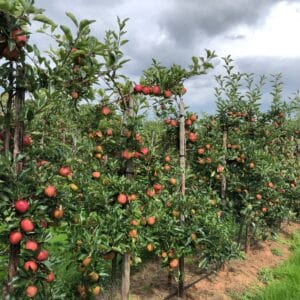
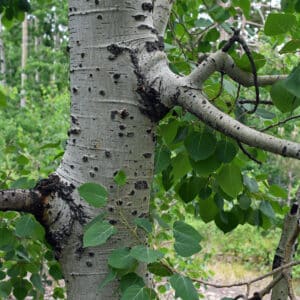
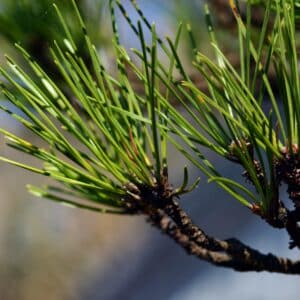
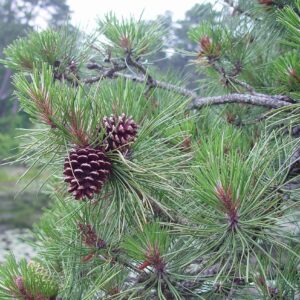
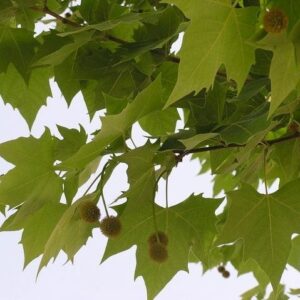
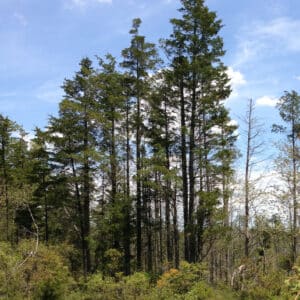
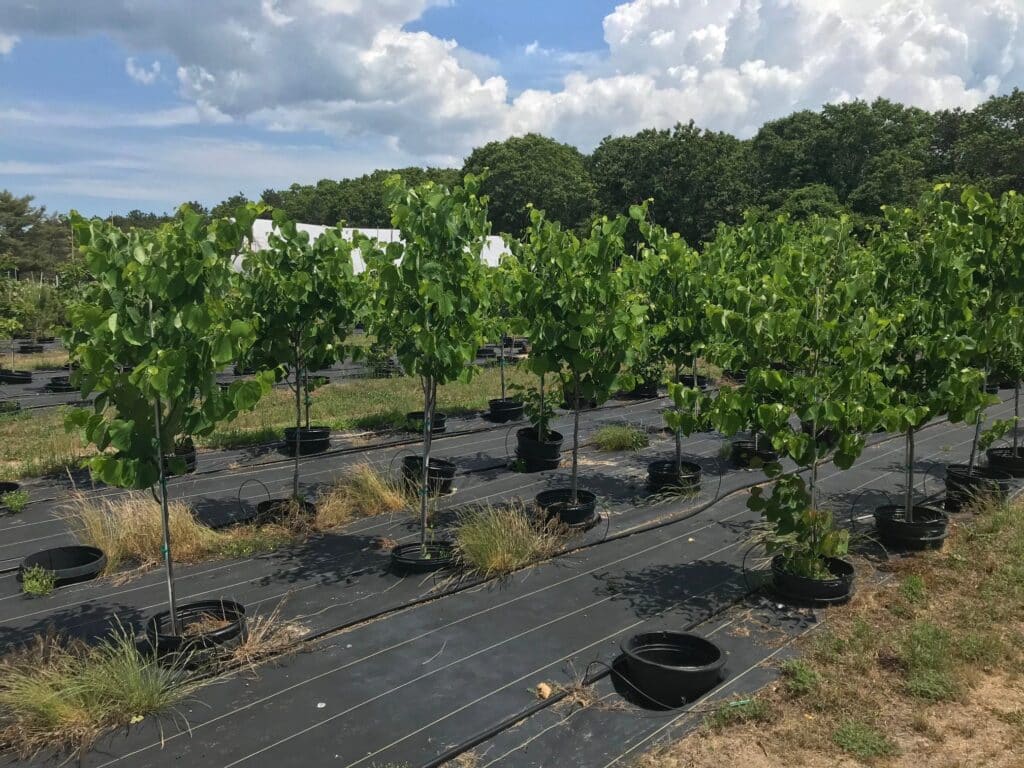
Red Maple is a medium to large deciduous tree, typically reaching 40 to 70 feet tall with a spread of 30 to 50 feet. It develops a broad, rounded to oval crown, making it a popular choice for shade, street plantings, and naturalized landscapes.
Red Maple is known for its outstanding fall color, displaying vibrant shades of red, orange, and sometimes yellow. The specific hue can vary depending on soil type and genetics, but it’s one of the most reliable native trees for fall foliage in eastern North America.
Red Maple thrives in full sun to partial shade and adapts to a wide range of soil types, including clay, loam, and sand. It prefers moist, slightly acidic, well-drained soils, but it also tolerates wet soils, making it suitable for low-lying areas and rain gardens.
Red Maple is generally low-maintenance once established. It requires minimal pruning and is moderately tolerant of urban conditions, though compacted soils or drought can stress the tree. It is not deer-resistant—young trees may need protection from browsing in high-pressure areas.
Yes! Red Maple is a native keystone species that supports a wide range of wildlife. Its early spring flowers provide a valuable nectar source for bees, and its foliage supports numerous species of native caterpillars. The seeds (samaras) are eaten by squirrels, birds, and small mammals.
Our gift cards make it easy to share the beauty of plants, flowers, and all things green. Whether for a special occasion or just because, give the gift of choice and let them select their favorites to create a garden they’ll cherish.
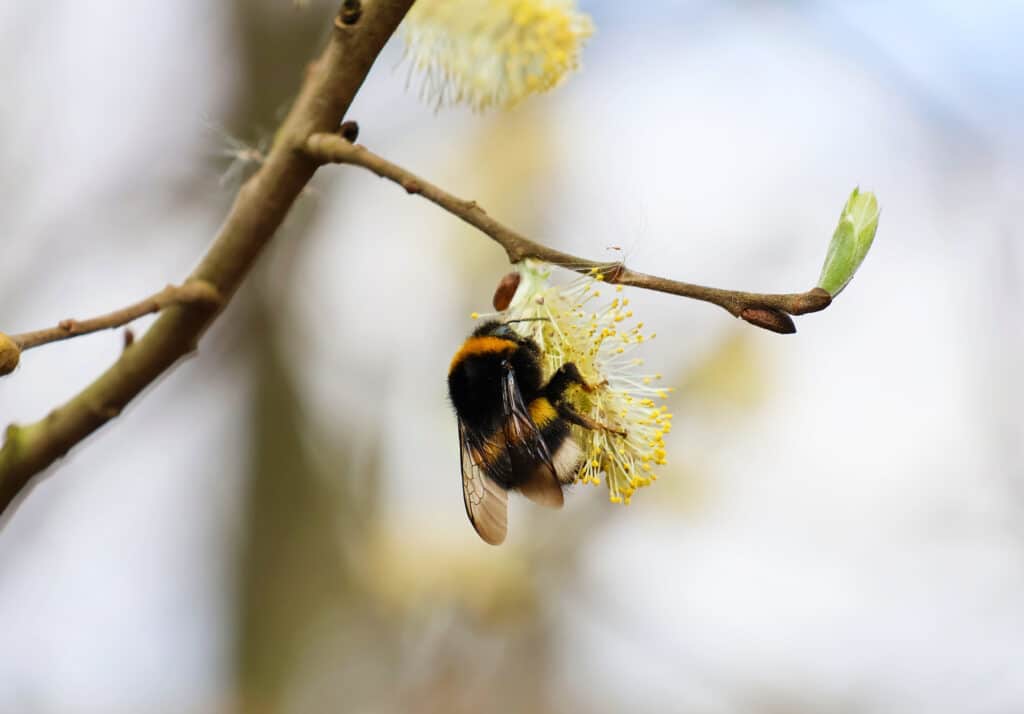
Only Local Delivery Available (Long Island & Queens)
Ground Shipping Paused
To protect our plants from extreme summer heat, we’ve paused nationwide ground shipping to avoid any damage during transit.
Local Delivery Only
We’re still delivering locally to Long Island and Queens, so nearby customers will continue to receive orders as usual.
Fall Pre-Orders Are Open Nationwide!
We will resume normal shipping for non-local orders placed during the pause in early September.
Thank you for your support and understanding—we’re looking forward to growing with you this fall!
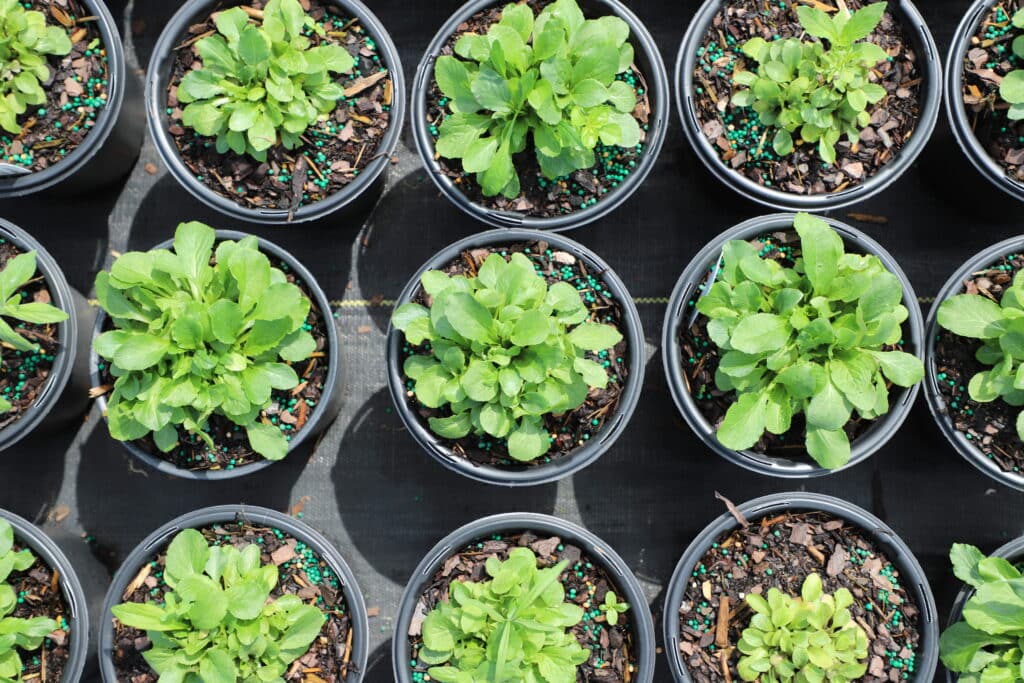
Shipping Paused
Please be aware that all shipping will be paused on December 22.
Any orders placed after that time will be fulfilled when we resume operations in January 2025.